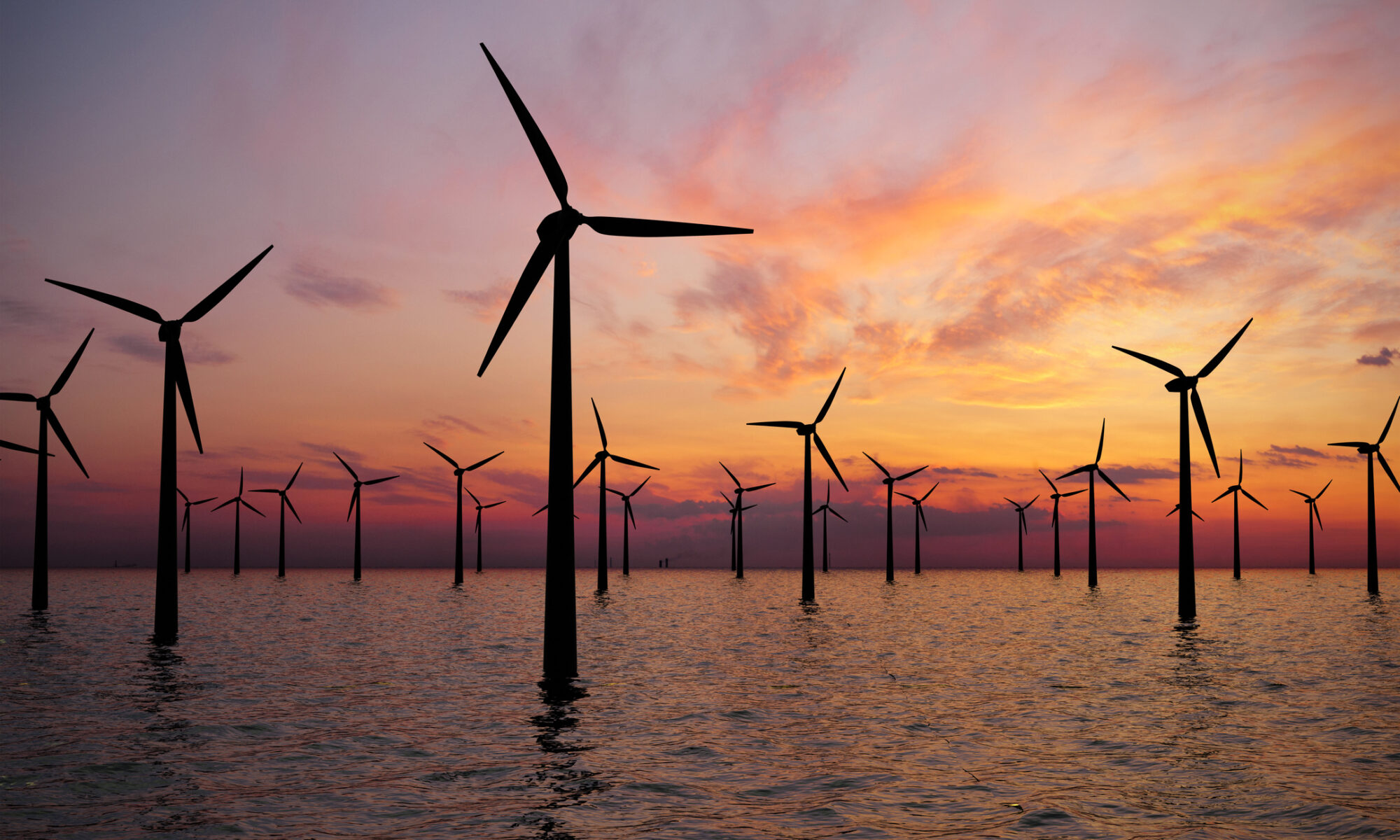
What is green hydrogen?
Listen to the PPF Explains podcast: What is Green Hydrogen?
This podcast is AI-generated, using NotebookLM. It draws on source information produced by The Public Policy Forum. We are experimenting with new technology, and it’s not perfect. Our AI-hosts state in this episode that hydrogen “does not exist on its own in nature.” While it is most commonly found in compound form, hydrogen does exist in the atmosphere (0.5 – 1.0 parts per million) and is produced in the Earth’s crust. Notice any other AI errors? Let us know at media@ppforum.ca.
Green hydrogen is often viewed as a key element of a net-zero future. Hydrogen is the most abundant element in the world, and also happens to be a useful source of energy. It’s volatile and highly combustible. But unlike coal and oil, when it burns it produces only water vapour.
Hydrogen is produced by separating it from oxygen in water (the H in H2O) through electrolysis. If the electricity used in the process is clean (ie. from a source like wind or solar) the result is green, emissions-free fuel.
In the discussion about the potential of wind power in Atlantic Canada, green hydrogen and its potential as a desirable export have been front and centre. PPF’s influential report on offshore wind power, Catching the Wind, explains the benefits and the very real limiting factors of this clean energy source:
Making use of wind power
In the wake of an August 2022 co-operation agreement between Canada and Germany, several proposals have ramped up to use wind energy in Atlantic Canada to produce green hydrogen, primarily for export to Europe.
Initially, the projects would develop onshore wind farms to provide power to generate hydrogen via electrolysis of water, thus avoiding the CO2 emissions generated in the conventional production of “grey” hydrogen from natural gas.
In September 2022, the Nova Scotia government announced a target to license five GW of offshore wind energy by 2030 stating that: “The most promising use for offshore wind energy is generating renewable electricity to produce green hydrogen for use in the province and for export.”
The Canada Energy Regulator has projected that Canadian production of hydrogen will grow from three megatons (Mt) currently to about 14 Mt by 2050 (all low- or zero-emitting), of which about five Mt would be for export. The issue is cost.
The costs and huge demands of green hydrogen
Green hydrogen currently costs about US$5 per kilogram, almost five times the cost of hydrogen produced from natural gas. This reflects the prevailing cost of electrolysis equipment (which is expected to decline significantly) and the fact that about 50 kWh of electricity is consumed to produce one kg of green hydrogen. The energy needed to produce green hydrogen at scale is staggering — for example, to produce five Mt of electrolytic hydrogen per year would require approximately 60 GW of offshore wind capacity, or about 40 percent of Canada’s current total electrical generation capacity. Its economic viability therefore depends critically on abundant, clean, cheap electricity.
Incentives to kickstart the industry
Governments worldwide are providing very large financial incentives to kickstart green hydrogen production in the expectation that costs will fall rapidly with economies of scale and technological innovation.
The Canadian government, for example, has earmarked more than $17 billion of support through 2035.
How green hydrogen is transported
Because hydrogen is difficult to transport over very long distances, the export-oriented projects in Atlantic Canada will convert green hydrogen into denser ammonia (NH3) prior to overseas shipping. But about half of the energy input is lost in converting electricity into ammonia, and if ammonia were converted back into hydrogen at the destination, only about one-quarter of the original electrical energy would be retained.
That’s why the importer will usually use the “green” ammonia directly — for example, in fertilizer production.
Although very wasteful in energy terms, green hydrogen may still be profitable if the customer is willing to pay enough for the environmental benefit, or if the input electricity is cheap and plentiful enough, or if government subsidies are big enough.
Based on the number of projects underway globally, price and subsidy competition will be fierce. Consequently, there is skepticism in some quarters that producing green hydrogen for export would be the first best use of Atlantic Canada’s offshore wind energy resource.


